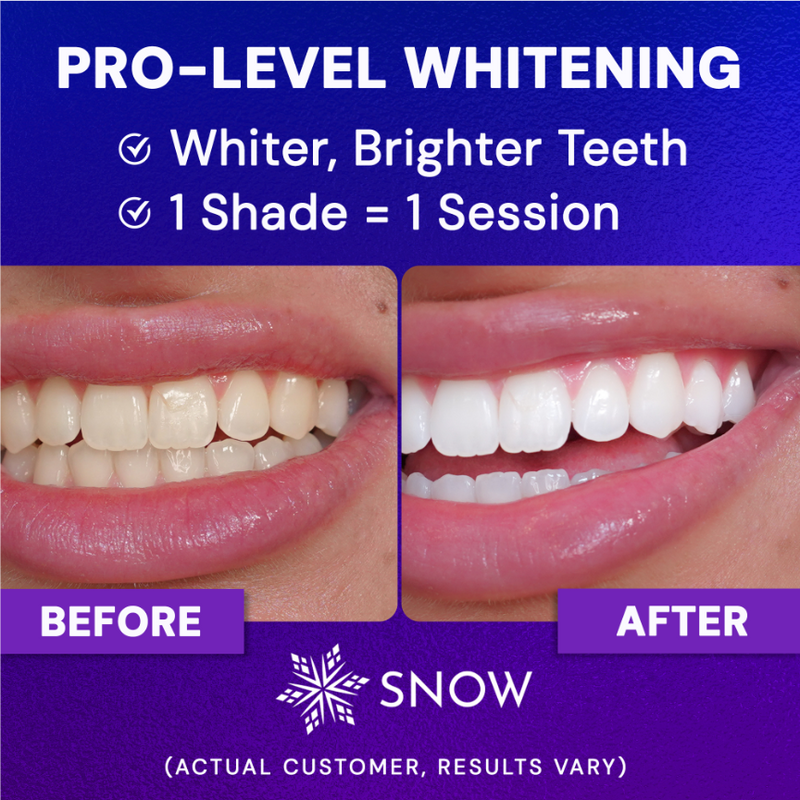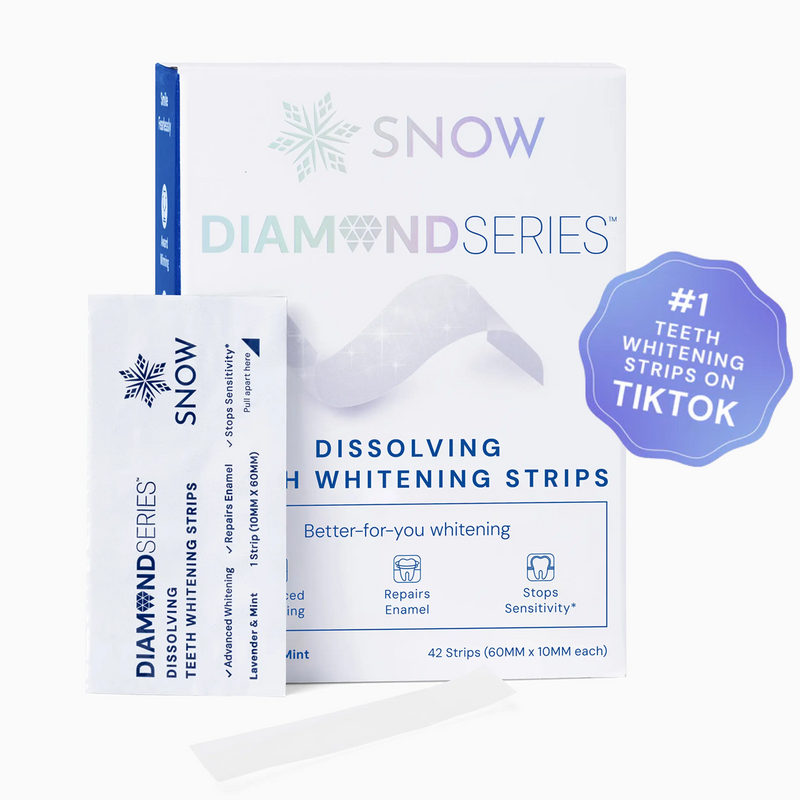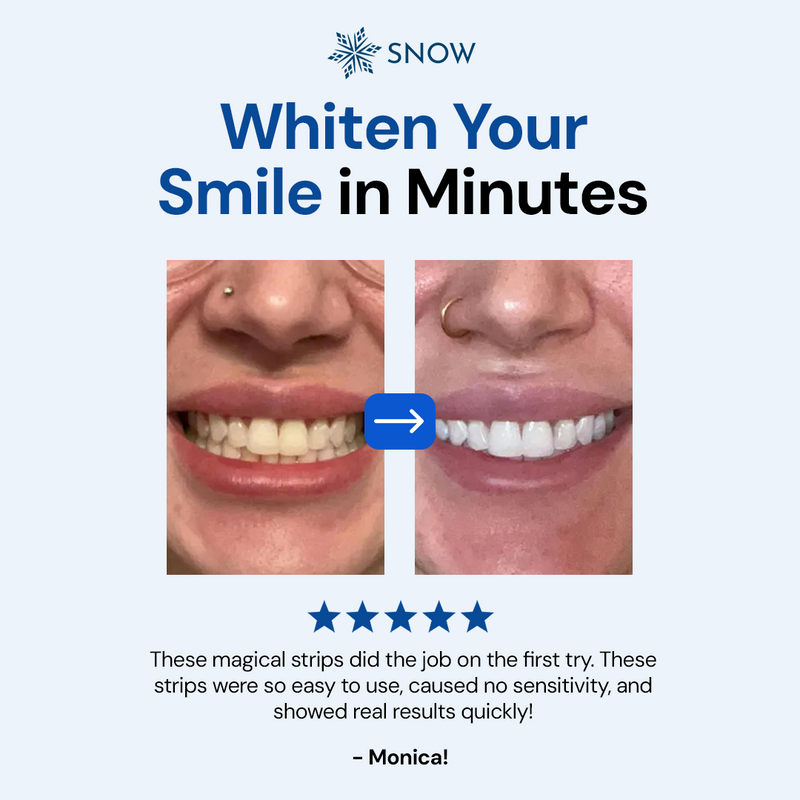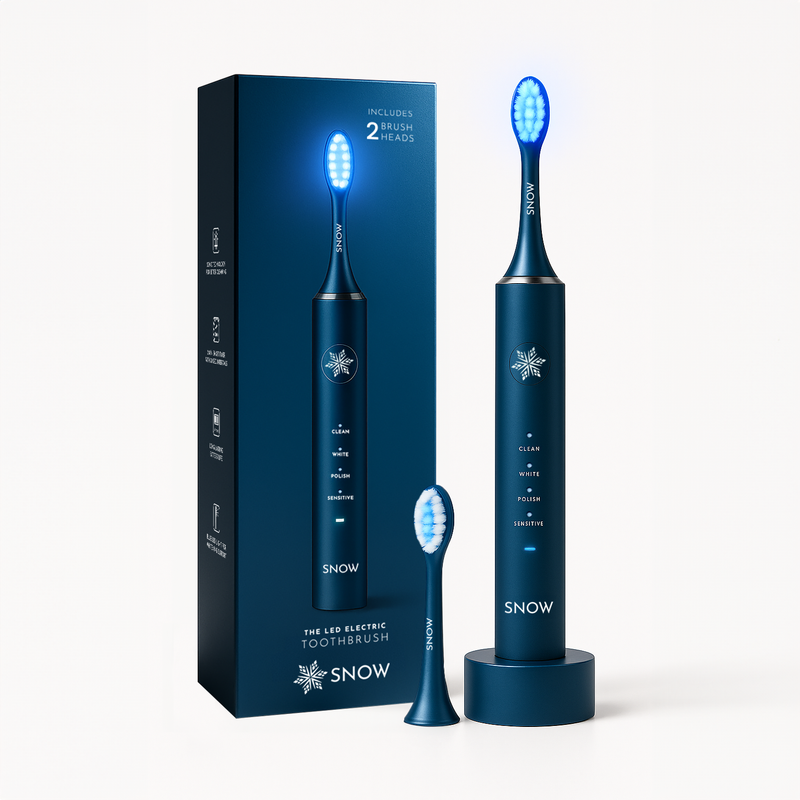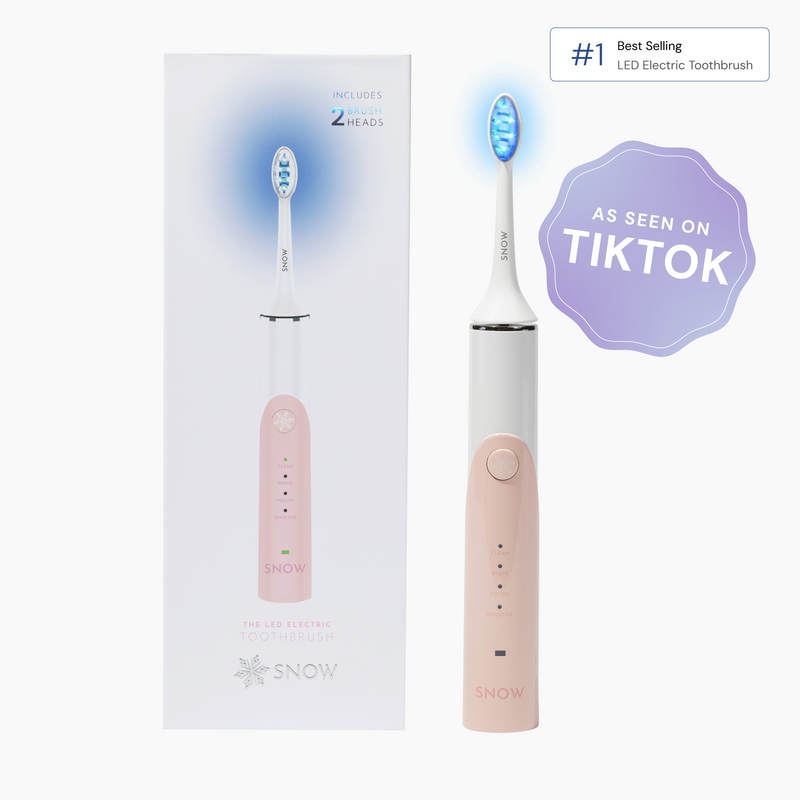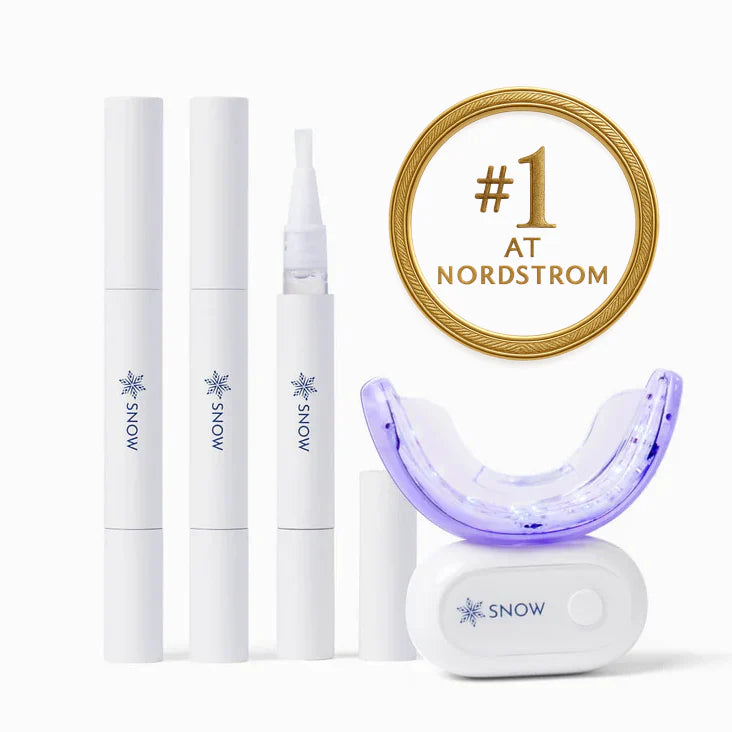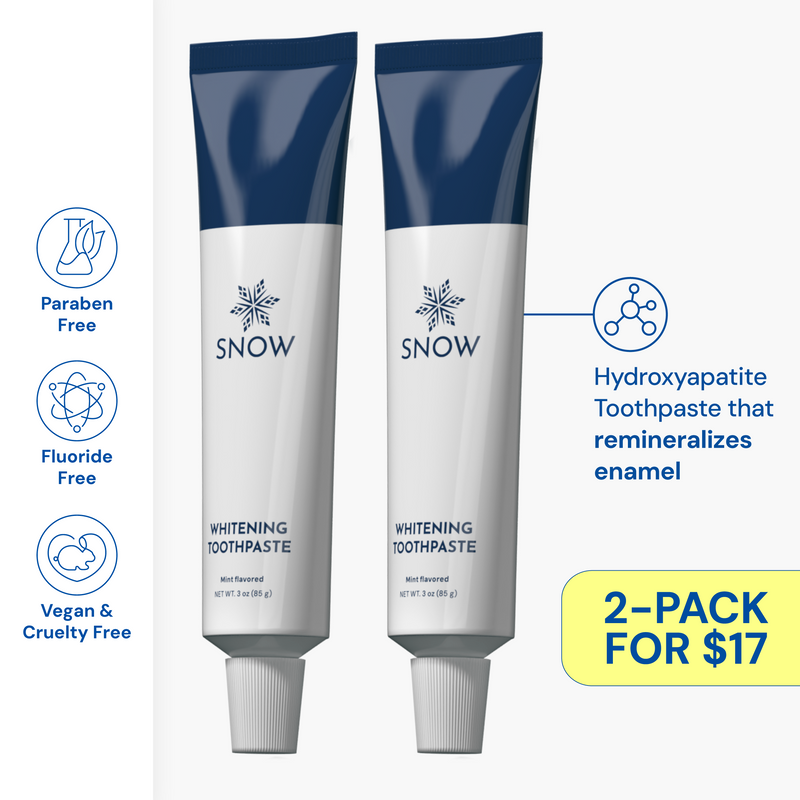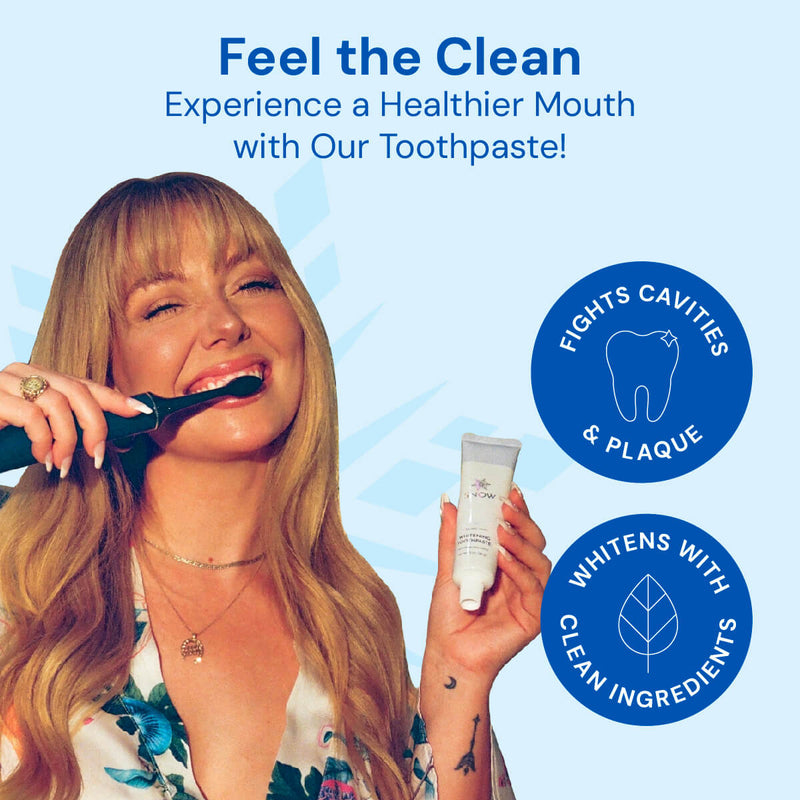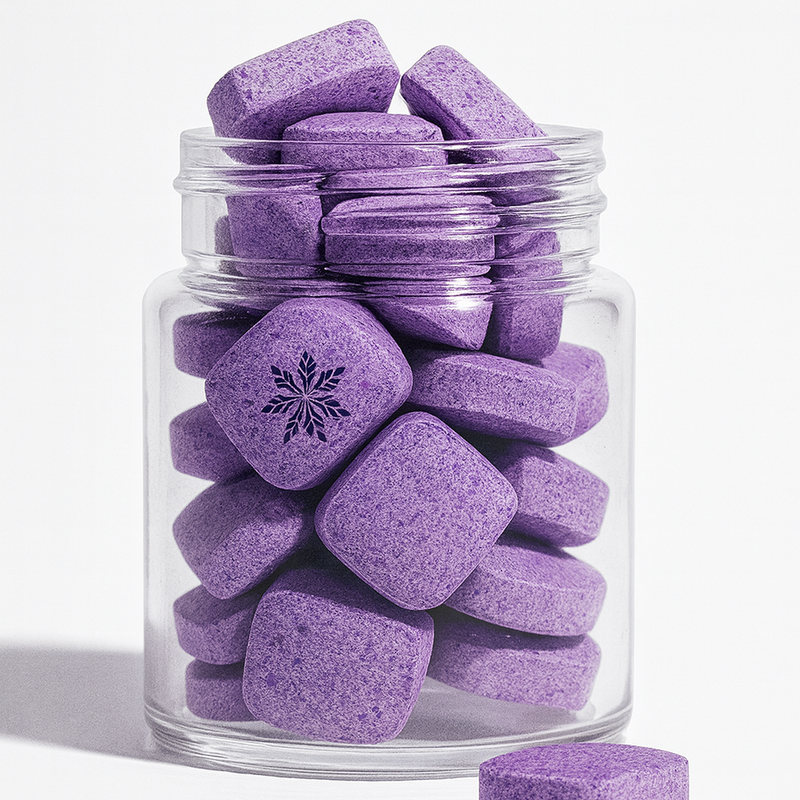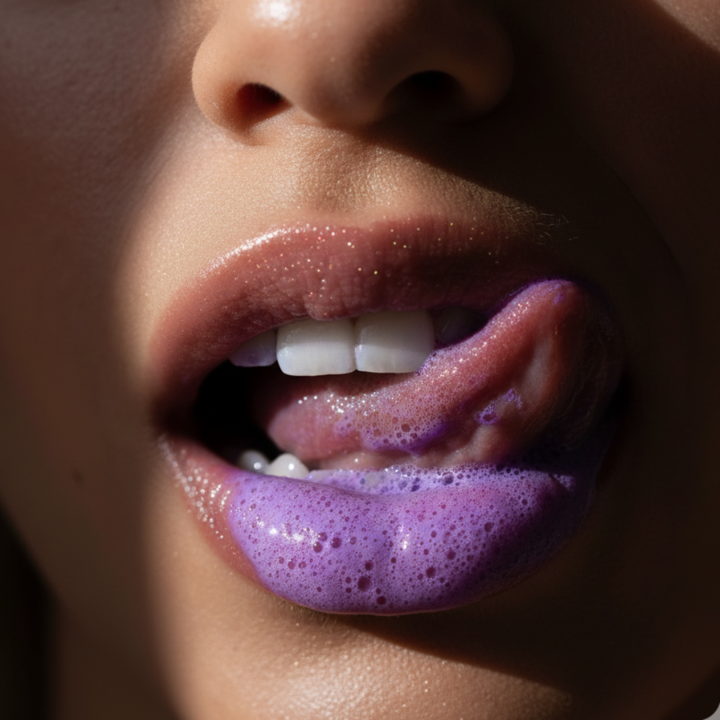
Today, it seems that there are so many products on the market that are intended to improve one's appearance, but they're just a lot of malarkey. Because of this fact, many people are hesitant to try out new products like whitening toothpaste.
However, whitening toothpaste is very effective for whitening your teeth. That's right, whitening toothpaste actually works. To find out everything you could ever want to know about whitening toothpaste, read on.
The Common Question: Do Whitening Toothpastes Work?
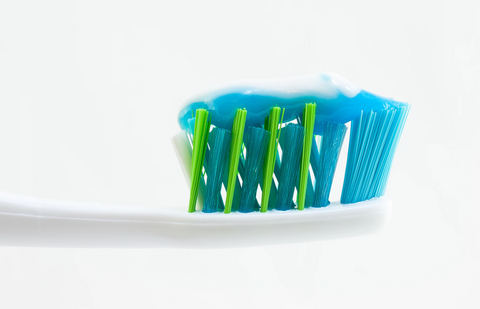
Unlike some vanity products that promise results but never work, whitening toothpaste does what it claims and whitens teeth. In fact, it is one of the best home teeth whitening tools on the market. Of course, the degree to which they widen depends on the brand and the severity of the stains.
Still, whitening toothpaste whitens teeth, especially if you target the stains early on and use whitening toothpaste regularly and dependably. By brushing your teeth with whitening toothpaste twice a day, you can expect the toothpaste to bust through surface stains, causing your teeth to look whiter in the process.
Whitening toothpaste is especially good if you have surface stains caused by food and drink. The typical coffee stain on teeth, for example, can be removed with frequent use of reliable whitening toothpaste.
Limitations
There are some caveats to the effectiveness of whitening toothpaste. For example, it won't change the natural color of your teeth. If you naturally have yellow teeth, the toothpaste will not reverse that fact.
Additionally, whitening toothpaste only treats stains at the surface of the tooth. Any stains that go below the surface will not be treated by whitening toothpaste. You will need something more intense if you have these severe stains.
If you naturally have yellow teeth or the stain is deeper than the surface, whitening toothpaste really won't be enough to change those facts. Whitening toothpaste only touches the surface of your teeth. So, you can't expect it to go any further than that.
How Whitening Toothpaste Works
Whitening toothpaste normally works in one of two ways, and how it works depends on its ingredients. This toothpaste will typically include two different products: abrasives and peroxide or other chemicals that actually breakdown the stains. Some whitening toothpaste includes blue covarine, though.
Let's look at both of these options:
Abrasives and Peroxide
Whitening toothpaste that uses abrasives and carbamide peroxide help to remove the stains on your teeth. Abrasives like silica will gently scrub your teeth to remove any physical plaque that is causing your teeth to look less than white.
In addition to the abrasive, toothpaste will likely contain peroxide or some other chemical that whitens the teeth and dissolves the stain. It is the peroxide that removes the stains, making your teeth look much whiter.
Together, the abrasives and peroxide work to remove physical plaque and dissolve the stain on the tooth. It is worth noting that some toothpaste, especially those for sensitive teeth, will not have both ingredients but only one.
To see optimal results with this toothpaste, you will need to use them reliably for at least a month, but maybe longer. Whitening toothpaste does not work overnight, and the chemicals need multiple weeks to penetrate the stain and make your teeth white.
Blue Covarine
Some whitening toothpaste will have blue covarine. This chemical doesn't remove the stain at all. Instead, it simply masks the yellow coloration, making your teeth appear whiter. This chemical works because it somewhat coats the stain and offsets the yellow coloring.
Since this chemical just masks the color, this toothpaste will appear to whiten your teeth almost immediately, but it won't lead to lasting results.
Which Is Best?
Although you see quicker results with blue covarine, whitening toothpaste with abrasives and carbamide peroxide are the best options. Since they dissolve the stain and remove plaque, these whitening toothpastes will leave a lasting impact on your smile and teeth, leaving them whiter than before.
What To Look For In A Whitening Toothpaste
Not all whitening toothpaste are made equally. You need to think carefully about what toothpaste you get to see the best and most lasting results. The three factors you should consider are the ADA Seal of Acceptance, whitening agent, and other ingredients.
1. ADA Seal of Acceptance
The ADA Seal of Acceptance ensures that your toothpaste is effective and safe. If you truly care about your toothpaste's safety, then look for options with the ADA Seal of Acceptance.
That is not to say that toothpaste without this approval is unsafe. On the contrary, many options that do not have the ADA Seal of Acceptance are incredibly safe and effective to use. The seal just helps to ensure safety.
2. Whitening Agent
In addition to a seal of approval, you also need to pay attention to the whitening agent within the toothpaste. On the packaging, the active whitening ingredient should be clearly labeled. This whitening agent will tell you exactly how the toothpaste works.
The best whitening agents to look for are silica and peroxide. If you have sensitive teeth, you might want to go with silica. Otherwise, the peroxide will have a higher whitening effect, but it can be harsh on those with sensitive teeth.
Some whitening toothpaste will also use abrasives. These abrasives will remove tough stains and biofilm dental plaque. Although abrasives may feel kind of gross in your mouth, they are great for people with insanely intense stains.
3. Other Ingredients
In addition to the whitening agent, you need to pay attention to other ingredients within the toothpaste. First and foremost, make sure your whitening toothpaste has fluoride, so you are also protecting your teeth against cavities while you are whitening.
If you are allergic to any ingredients, obviously steer clear of those within your toothpaste. Cocamidopropyl betaine and propylene glycol are two ingredients that many people are allergic to and are frequently found in toothpaste.
You should want to avoid artificial sweeteners, as well. These artificial sweeteners may make the toothpaste taste better, but they are not necessarily the best for our teeth or bodies.
How To Brush Your Teeth With Whitening Toothpaste

Even though most people brush twice a day, many people have no idea that there is a certain way that you are supposed to brush your teeth. Brushing your teeth the right way not only protects against cavities, but it can also help keep your teeth white, especially when using whitening toothpaste.
1. Use a Pea-Sized Amount Of Toothpaste
Make sure you are using enough toothpaste on your brush. You will want to have about the size of a pea on the brush. If you use less than this, you will likely not have enough toothpaste to get all throughout your mouth.
Using more than the recommended amount won't necessarily hurt you, but you will be wasting toothpaste, and you run a higher risk of swallowing it, which is dangerous.
2. Angle That Brush
On TV shows and in the movies, people often brush their teeth in an up and down and side to side motion. Though this brushing technique is popular, it is often ineffective.
The best way to brush your teeth is to angle your toothbrush at a 45-degree angle towards your gum line. This allows you to really get in there and remove any plaque or food around the gumline and teeth.
3. Brush In Circles
While your toothbrush is angled at a 45-degree angle, use a gentle circular motion to really get the toothbrush onto your teeth. This circular motion will pick up the most residue.
Make sure that you are not too gentle or too rough. If you barely touch your teeth, you won't brush them completely, but brushing them too harshly can hurt the enamel.
4. Repeat On The Inside
The outside of the teeth is what you see. So, most people focus their brushing efforts to the outside of their teeth. Don’t forget about the inside of your teeth, though. The inside of your teeth is also susceptible to cavities and other issues.
5. Don't Forget About Your Chewing Surface
Once you brush the front and inside of your teeth, make sure that you brush the flat surface you chew on. Your chewing surfaces are at most risk for a cavity. Make sure you brush them thoroughly to protect your oral health.
The dentist recommends brushing these surfaces by lightly brushing back and forth. This back and forth motion will help dislodge any food from the crevices on your teeth.
6. Spit, Don't Rinse
After you have adequately brushed your entire mouth, spit, but do not rinse. If you rinse your mouth after spitting, the leftover fluoride will be rinsed out, and your teeth won't be as protected against cavities. Unless you are using a mouthwash with fluoride, skip rinsing completely.
7. Repeat Twice A Day
Repeat every step of this process at least twice a day. If you eat something that can cause cavities or leave a gnarly stain, feel free to brush more, but be gentle. If you brush more than twice a day, you can damage your enamel and gumline.
Don’t forget to floss, either. Not only does flossing help prevent cavities, but it also removes stain-causing plaque.
8. Get A New Brush
About every three to four months, you should replace your toothbrush. Buying a new brush protects you from using an ineffective and bacteria-riddled brush for too long. You may need to replace your brush more frequently. Whenever the bristles get worn down or frayed, that is a sign that it is time to replace the brush.
When You Should Stop Whitening Toothpastes
If you are allergic to toothpaste or it is causing any adverse symptoms within your mouth, you should stop using the toothpaste immediately. Some common side effects of whitening toothpaste include tooth sensitivity and irritated gums.
These symptoms can be a sign that you are brushing your teeth too hard. When I am stressed, I tend to brush my teeth more harshly than before, causing my gums to get slightly irritated. If you aren't brushing your teeth too harshly, though, and you are still experiencing these symptoms, you should stop using your whitening toothpaste.
Another alternative is selecting a whitening toothpaste for sensitive teeth. This kind of toothpaste will still whiten your teeth, but they are specifically formulated for people who have these issues.
Other Options

As we discussed, there are some limitations to whitening toothpaste. If you have much deeper stains, you can still use whitening toothpaste, but you might want to use it in junction with another whitening technique.
If you are looking for another great whitening solution to use at home, you can get at-home whitening kit. These kits will be much more intensive than whitening toothpaste, but you don't have to leave the comfort of your home. These options will also be more affordable than getting your teeth professionally whitened.
For those with a little extra money or looking to treat themselves, you can also get your teeth professionally whitened or bleached. This is the best option if you have intense stains on your teeth that are deep below the surface. Simply search for “teeth whitening near me” or “teeth bleaching near me,” and there should be many options that pull up where you live.
Final Thoughts
Overall, whitening toothpaste is a great way to enhance your smile from your own home's comfort while still doing something you do anyway, namely brushing your teeth. Although whitening toothpaste won't miraculously turn yellow teeth white, they will gradually whiten your teeth if you brush your teeth frequently, correctly, and reliably.
Remember though. You also need to think about what you're eating. The more darkly colored foods and drinks you put in your mouth, the longer it will take for you to see lasting results. If you are truly committed to getting white teeth, you need to give the whitening toothpaste the best opportunity to work by opting for foods that won't stain your teeth.















































